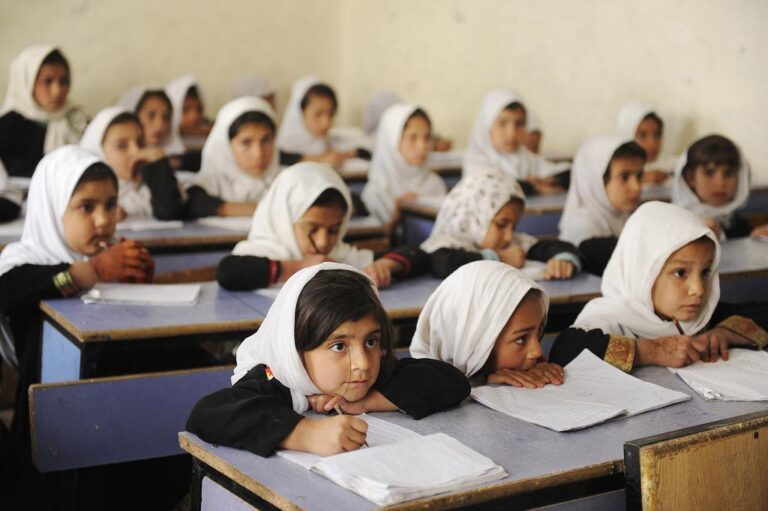Education in Afghanistan: Barriers and Economic Impact
Education in Afghanistan has faced significant challenges over the decades. The country’s long history of conflict and instability has created barriers that impact the accessibility and quality of education. The situation is particularly dire for girls and women, who have historically had limited access to educational opportunities.
Barriers to Education
One of the major barriers to education in Afghanistan is the lack of infrastructure. Schools are often inadequately built or poorly maintained, making it difficult for students to learn in a conducive environment. Additionally, ongoing violence and insecurity threaten both students and teachers, discouraging attendance and participation.
Cultural norms also play a significant role in hindering educational access. In many communities, traditional beliefs prioritize boys’ education over girls’, leading to significant gender disparities in school enrollment. Efforts to change these attitudes are crucial for improving educational outcomes for all children.
Economic Impact of Educational Barriers
The barriers to education in Afghanistan have tangible economic consequences. A poorly educated workforce limits the country’s ability to develop economically and thrive in the global market. Investing in education is essential for fostering a skilled labor population that can contribute to economic growth.
Furthermore, education impacts the overall wellbeing of communities. Higher levels of education correlate with improved health outcomes, increased civic participation, and reduced poverty rates. Thus, addressing educational barriers is vital for achieving broader social and economic advancements.
The Role of International Aid
International aid has played a pivotal role in supporting education in Afghanistan. Organizations and governments around the world have invested in educational initiatives, helping to build schools and train teachers. However, the sustainability of these efforts depends on the political stability and security of the region.
For more information on the complex education landscape in Afghanistan, visit the Borgen Project. Their resources delve deeper into the challenges and solutions surrounding education in the country. Read more here. Awareness and advocacy are essential for creating lasting change in the educational sector.

